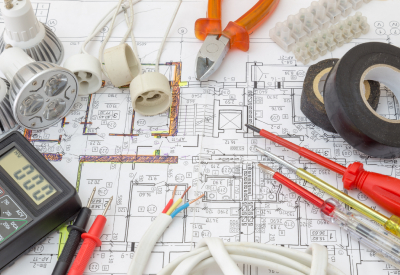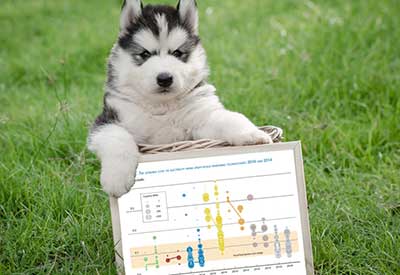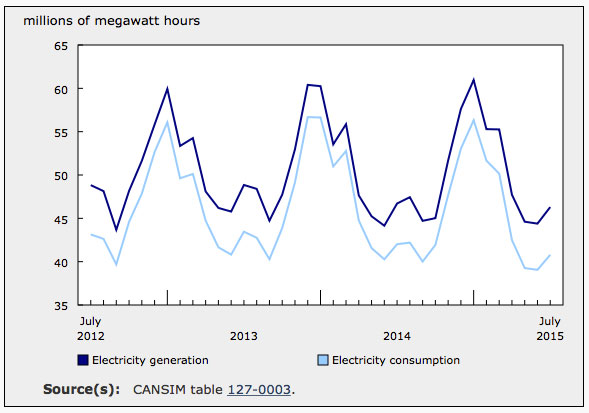Test Your Knowledge of the Canadian Electrical Code – Part 1 — The Answers: Fire Alarm Systems

June 11, 2021
In the last installment, you had the opportunity to answer our questions about the Code and best practices. Here are the answers to those questions.
Fire Alarm Systems, Smoke and Carbon Monoxide Alarms, and Fire Pumps
Q: What rule specifies the requirements for insulated conductors and cables in fire alarm systems and what are the requirements?
A: Rule 32-100 specifies the requirements for insulated conductors and cables in fire alarm systems which include:
- copper material
- ampacity
- use of optical fiber cables
- use of stranded conductors
- insulation rated at 300 volts
- determining wire size for raceways or integral assemblies
- selection in accordance with rules 12-102(3)or 12-122(1)
Q: What rule requires that no disconnecting means, overcurrent protection or device capable of interrupting the fire pump circuit may be placed between the service box from the normal power supply and the fire pump transfer switch or controller, except?
A: Rule 32-306 requires that no disconnecting means, overcurrent protection or device capable of interrupting the fire pump circuit may be placed between the service box from the normal power supply and the fire pump transfer switch or controller:
- Except a circuit breaker that is permanently labeled identifying it as a fire pump disconnect.
- In addition, the circuit breaker must be lockable in the closed position and may be in the separate service box as in Rule 32-304
Q: In the case where this circuit breaker is installed in an emergency power supply circuit between the emergency power source and the fire pump transfer switch, the rating of the circuit breaker shall be?
A: As per rule 28-200:
- Be set or rated to not less than the rating of the overcurrent protection provided integral with the fire pump transfer switch
- Indefinitely carry the locked rotor current of the fire pump
- Where it is installed in a normal supply circuit be rated not less than the overcurrent protection of the fire pump controller
- Where the circuit breaker is installed in an emergency supply feeder between the emergency generator and the fire pump transfer switch, the feeder must bypass the generator main circuit breaker and be connected directly to the emergency generator.
Go HERE to discuss















